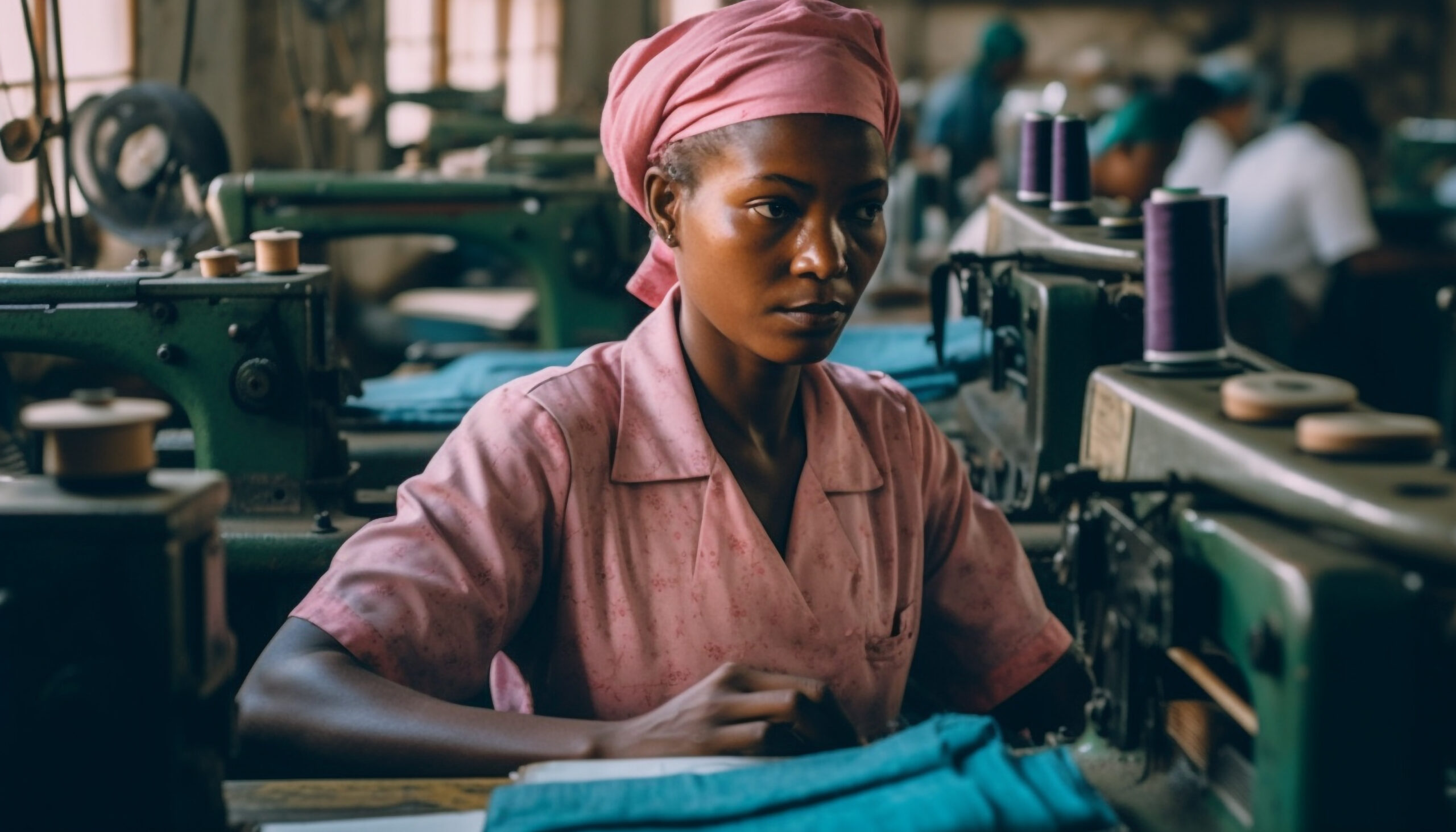Lesotho’s apparel manufacturing sector, once hailed as the country’s industrial success story, now faces a perilous road ahead. The industry, which has long relied on preferential trade access to the United States under the African Growth and Opportunity Act (AGOA), is confronting multiple setbacks, including shifting global trade policies, a declining export base, and questions about long-term viability.
In 2025, Lesotho’s GDP per capita stood at USD 974, reflecting broader economic stagnation. Although the country’s garment sector peaked in the early 2000s, with employment surpassing 53,000 workers and exports to the US quadrupling, more recent years have shown sharp decline. By 2023, exports to the US dropped to just USD 228 million, and employment shrank to around 34,000 by 2024.
The shock came in the form of a punitive 50% tariff on Lesotho’s goods imposed by the Trump administration, as part of a broader agenda of reciprocal trade actions. The effects were swift and deeply damaging, with even core buyers in the US market reassessing their sourcing strategies. Lesotho’s position in the global garment supply chain, largely limited to low-cost, labour-intensive operations such as cutting and stitching, left it highly vulnerable to such disruption.
Historically, Lesotho had few industrial advantages: a small population, minimal infrastructure, and no raw material base. Most textile investments came from South African or East Asian firms taking advantage of favourable labour costs and sanctions loopholes. Over time, production became heavily dependent on imported inputs, including fabrics, buttons, and even thread.
Attempts to shift Lesotho’s manufacturing profile higher up the value chain have met with limited success. Despite donor-backed initiatives and technical advice, very little reinvestment has occurred beyond a single denim mill established in 2004. Local production remains dominated by basic assembly functions, with strategic planning, design, and higher-level value creation largely based offshore.
Recent years have seen some growth in South African sourcing from Lesotho, particularly from chains like Mr Price and Ackermans. However, these relationships do not offer the same scale or trade benefits as access to the US market. In 2024, Lesotho exported about USD 135 million in garments and textiles to South Africa, but the long-term sustainability of this channel remains uncertain.
Political dynamics in Washington have only deepened concerns. Although AGOA was extended to 2025, its renewal beyond that point remains politically fraught. While the US Congress initiated the programme, its continuation demands fresh legislative action, something that may not be forthcoming given shifting US priorities. Lesotho’s attempts to reassure Washington, offering cooperation on deportations, medical exports have so far yielded little.
The underlying issue is structural: Lesotho’s entry into the US market was facilitated not by competitiveness, but by favourable legislation, abundant global demand, and foreign investment. As global sourcing consolidates around larger, more efficient producers in Asia, Lesotho’s limitations, its dependency on AGOA, its lack of domestic supply chains, and its vulnerability to policy shocks, are increasingly exposed.
Looking forward, Lesotho faces difficult choices. Without AGOA renewal or tariff relief, access to the US will become commercially unfeasible. Though the EU-SADC Economic Partnership Agreement offers duty-free access to Europe, Lesotho’s exports to the region remain negligible, and the path to diversification is steep. The African Continental Free Trade Area (AfCFTA) may offer new options, but implementation hurdles remain.
Lesotho’s garment industry is at a crossroads. To survive, it must navigate shifting trade winds, diversify its export destinations, and invest in moving up the value chain. Without this, the once-celebrated sector may find itself on a terminal decline in an increasingly unforgiving global market.

